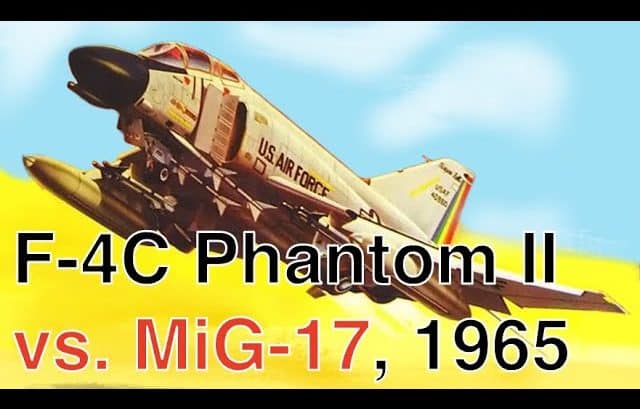During the Vietnam War, the USAF tapped into their brand new, cutting-edge multi-role fighter to dominate the skies – the iconic F-4C Phantom II.
Origins
When the McDonnell Douglas’ new Phantom II was introduced in March 1961, it was by far one of the best air-to-air fighters in the US inventory. It also had the potential to be the best air-to-ground as well.
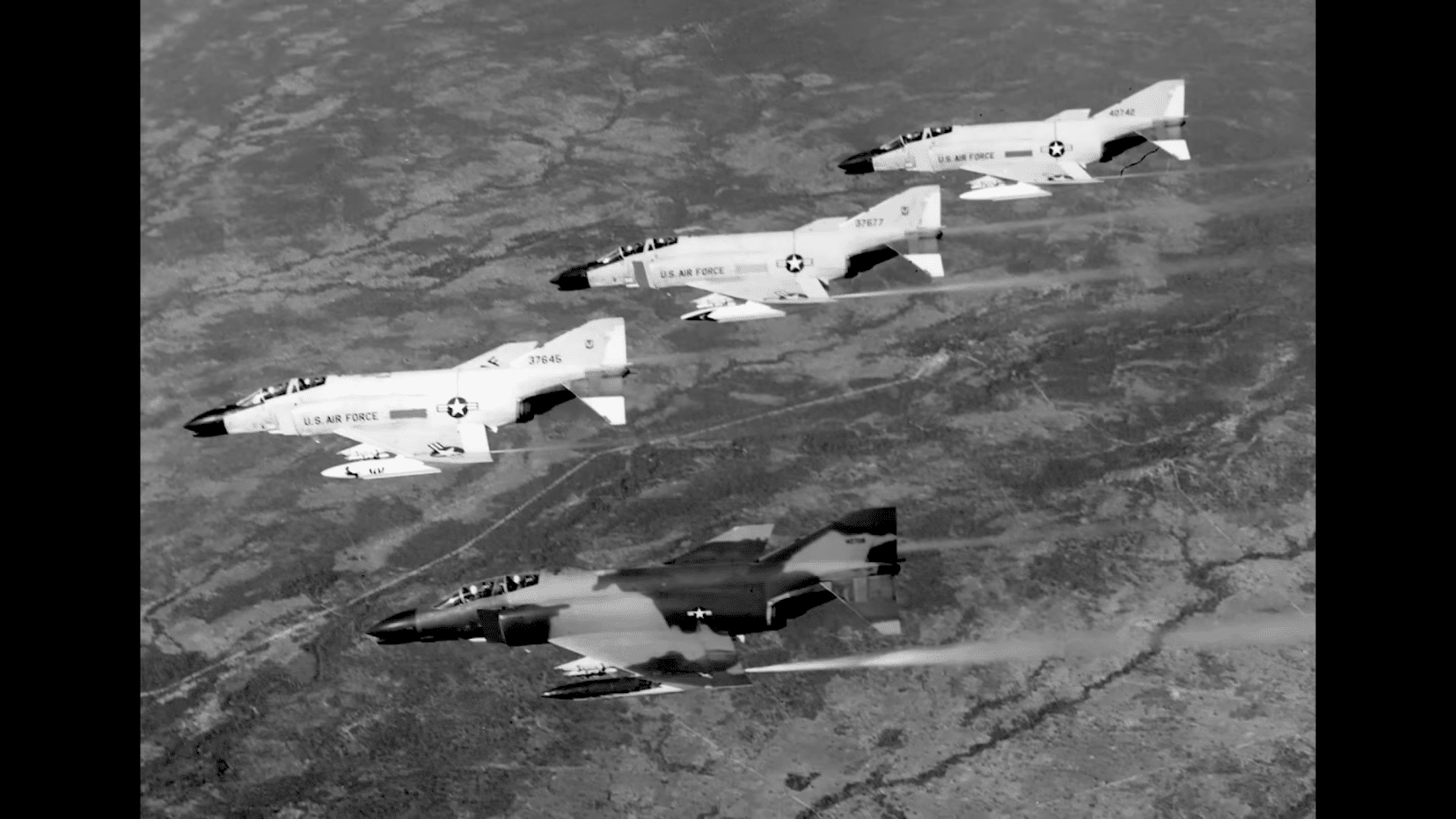
The Air Force delivered the first purpose-built F-4C on May 27th, 1963, casually exceeding Mach 2 on its first flight. It took 18 months before Phantoms became operational in October 1964.
Powerful Fighter
The F-4C is a twin-seat, all-weather fighter powered by two J79 engines, with each producing just under 17,000 pounds of thrust. Its engines are also what makes it special – they’re slightly different engines from the Navy’s F-4B.
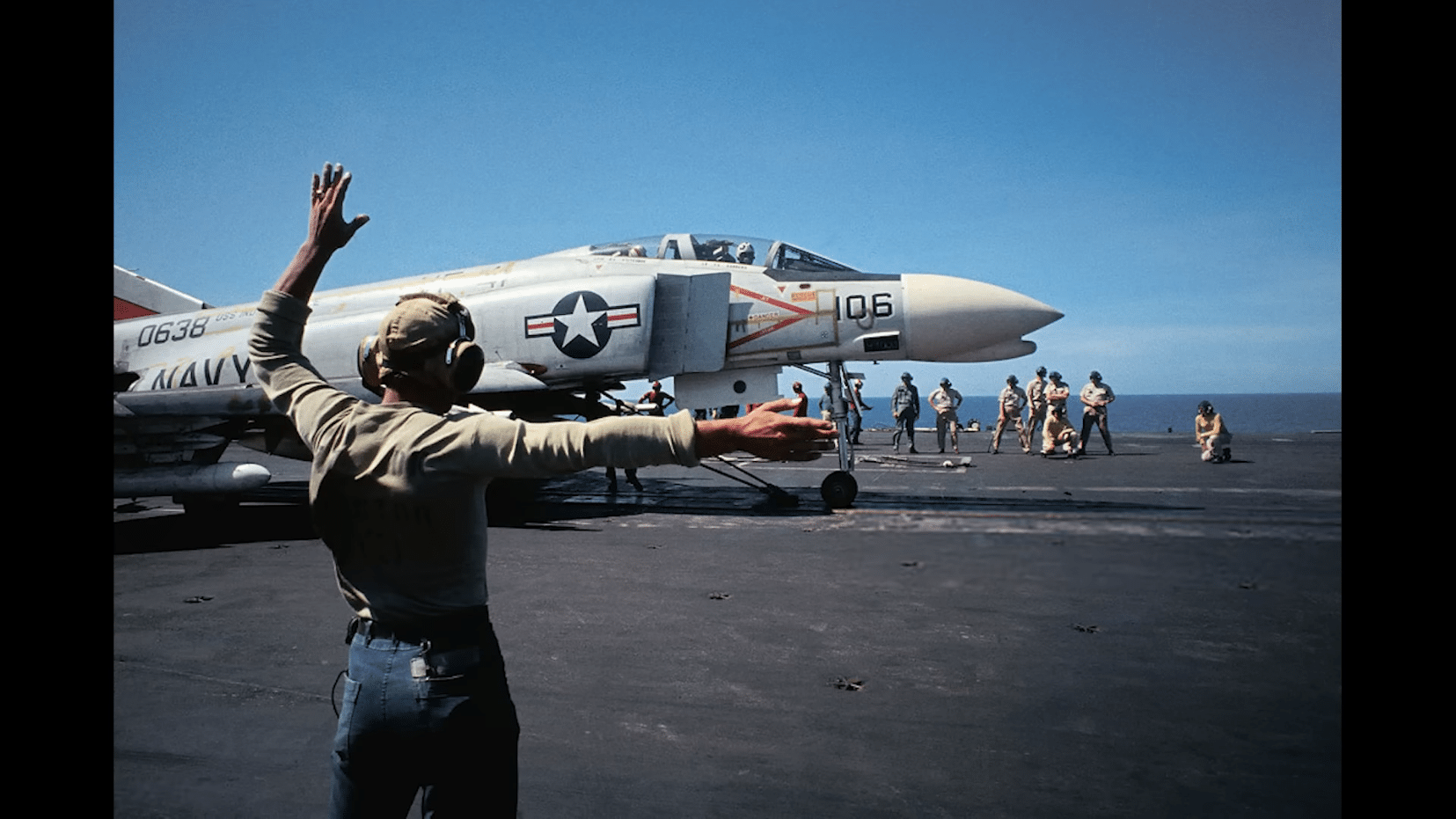
Described as a bit of a brute, its avionics were highly sophisticated, providing excellent ground mapping for navigation and attack. It also featured an automated bombing system, and a cutting-edge inertia navigation system to get pilots home.
The Phantom weighed approximately 53,800 pounds at take-off with nearly 13,000 pounds of fuel. Total mission time would be around two and a half hours.
Versus Enemy Aircraft
Up against the MiG-21, the fight is more even. However, even the powerful MiG is fundamentally outclassed by the Phantom as soon as the fight gets fast.
This is where the difference between Soviet and US fighter doctrines was very stark in this era. Most US fighters are heavy, brutally powerful multi-role jets bristling with weapons. Meanwhile, Soviet fighters are much cruder and more singular in purpose. Soviet designers didn’t really build a truly competent multi-role plane.
Early Rolling Thunder Patrols
For early Rolling Thunder combat air patrols, the Phantom would usually be armed with four AIM-7 Sparrows in their partially recessed bays under the fuselage and four AIM-9B Sidewinders on two twin launchers under the wings.
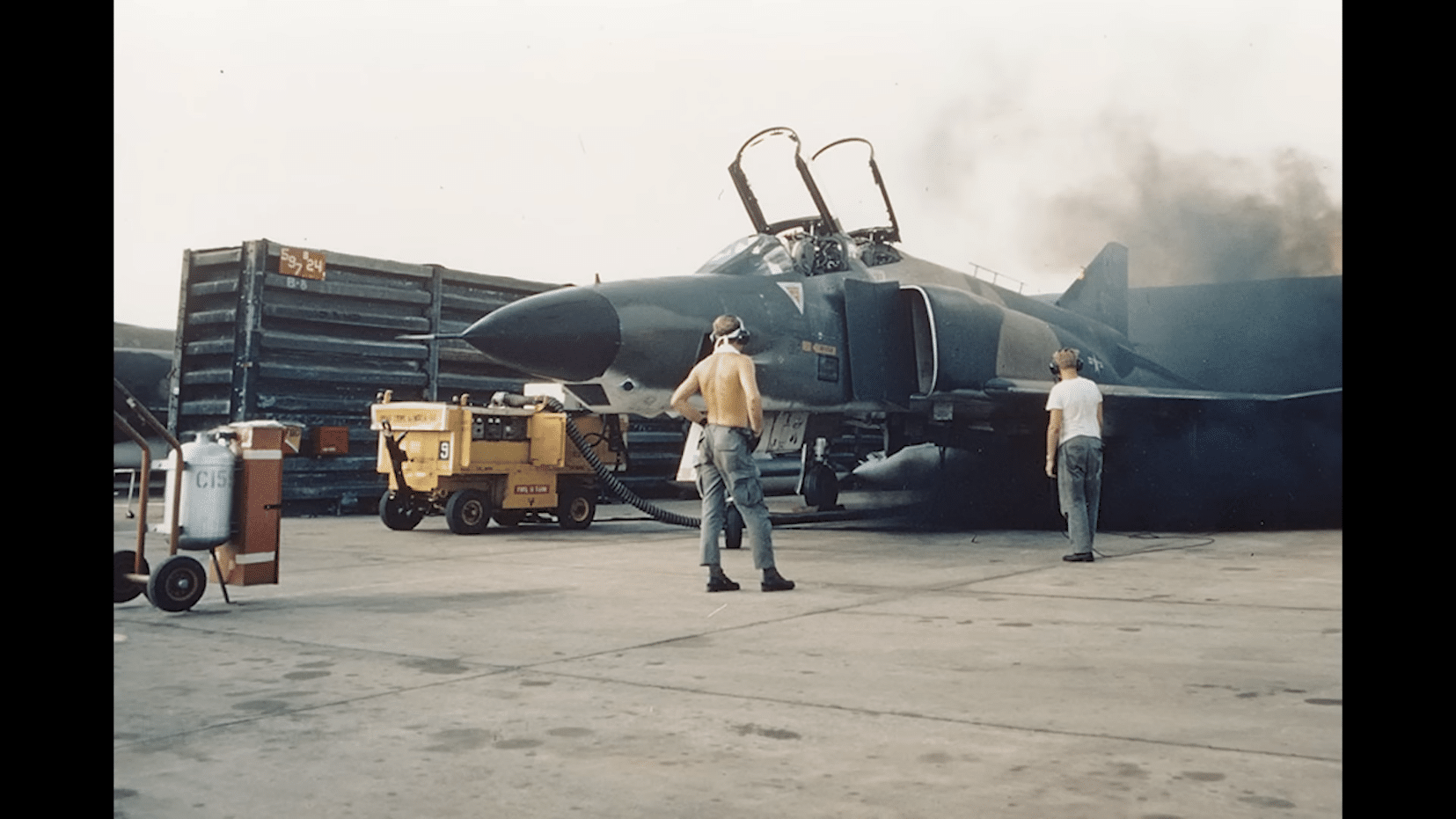
The latter has been a controversial topic in the Air Force since they were regarded as a Navy missile. The F4-C was supposed to be wired to accept this missile. However, modifications don’t appear to have happened pre-production or to have been retrofitted.
Unexpected Fight
Two aircrews unexpectedly found themselves with two MiG-17s on their tails. Blue 1 and 2 managed to down the two enemy aircraft, scoring two kills, and safely returning to base afterward. Later, these two kills were confirmed and tallied with the Vietnamese records as soon as they were available after the war. They were, in fact, the first kills for the F-4C in Vietnam.
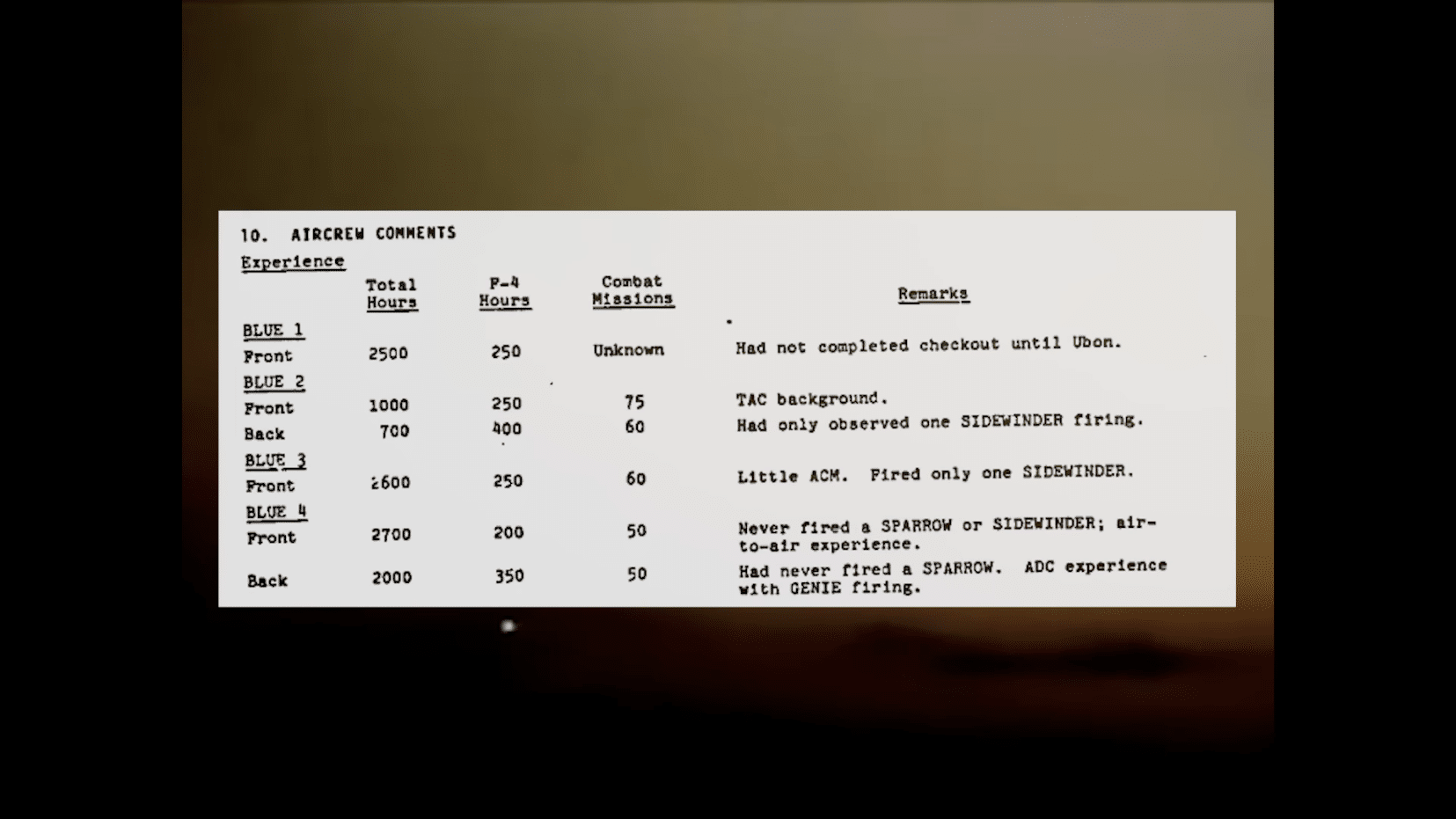
It’s also worth noting that during the engagement, both of the Phantom’s radars failed, making the AIM-7 Sparrows useless. This caused the Blue 3 to be nearly shot down due to miscommunication issues. Also, of the two crews that ultimately engaged the MiGs, only one ever fired a Sidewinder in training.
Yet in the end, the experience and instincts of the US aviators and the power of the Phantom pulled through, others may not have been so skillful or lucky.


